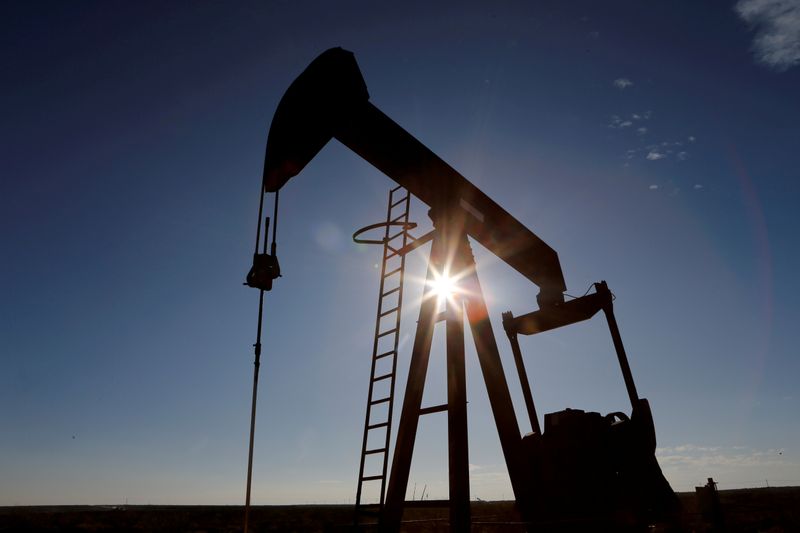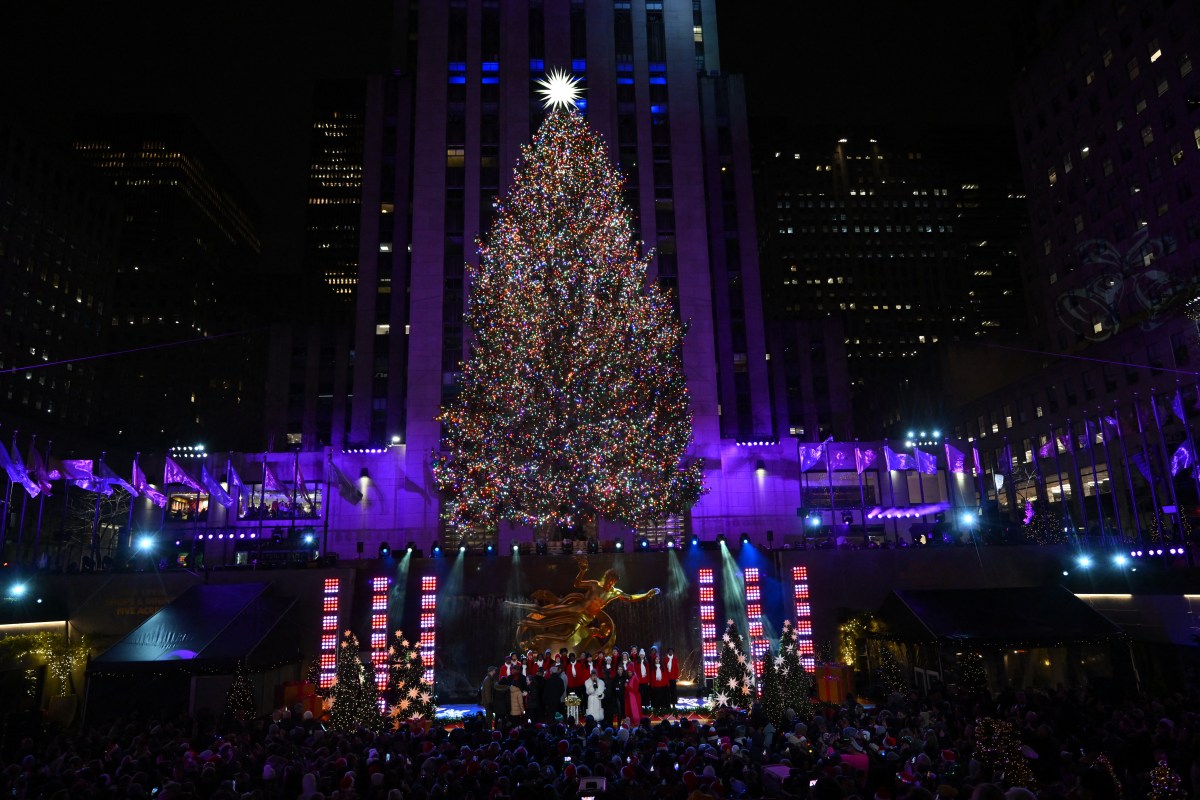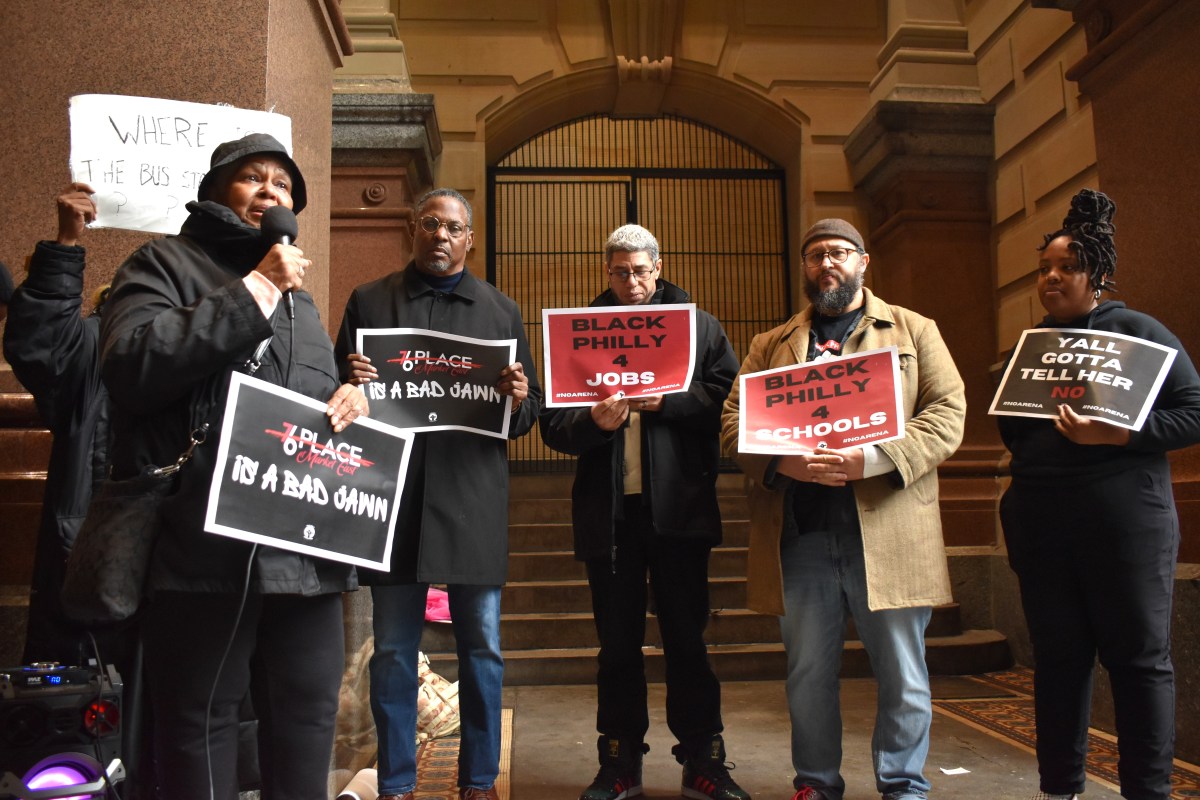NEW YORK (Reuters) – Oil prices climbed nearly 2% to their highest in more than eight months on Wednesday, as data showing a surprise drop in weekly U.S. crude inventories extended a rally driven by hopes that a COVID-19 vaccine will boost fuel demand.
Brent crude rose 75 cents, or 1.6%, to settle at $48.61 a barrel, its highest since early March.
U.S. West Texas Intermediate crude also closed at its highest since early March, rising 80 cents, or 1.8%, to $45.71.
Both benchmarks, which gained 4% on Tuesday, rose for a fourth straight session.
U.S. crude inventories fell by 754,000 barrels last week, government data showed, surprising analysts who in a Reuters poll had predicted a 127,000-barrel rise. Inventories at Cushing, Oklahoma, the delivery point for WTI, fell by 1.7 million barrels. [EIA/S]
“There was a decent drawdown at Cushing, so that’s supportive. It was probably the most bullish aspect of this report,” John Kilduff, partner at Again Capital LLC in New York.
Still, demand worries capped price gains as U.S. weekly gasoline demand dropped by about 128,000 barrels per day (bpd) to 8.13 million bpd, the lowest since June 2020.
On Monday, investor hopes got a boost as AstraZeneca said its COVID-19 vaccine could be up to 90% effective.
“Crude oil prices are trading at their highest levels since early March, supported by positive market sentiment as a result of vaccine news and strong oil demand in Asia,” said UBS oil analyst Giovanni Staunovo.
“We maintain our bullish outlook for next year and target Brent to hit $60 per barrel at the end of 2021,” he added.
A weaker dollar <.DXY> also supported crude prices, making greenback-denominated oil less expensive for buyers holding other currencies.
“The recent depreciation of the U.S. dollar has helped temper the impact of surging oil prices for some of the world’s largest consumers of energy,” said Stephen Brennock of broker PVM.
Brent has moved into backwardation, a market structure in which oil for immediate delivery costs more than supply later. Backwardation encourages inventories to be drawn down and suggests receding fears of a glut.
Brent futures for February delivery traded as much as 14 cents above the January contract, the highest since July, before settling at an 8-cent premium.
Graphic: Brent futures front-month in backwardation, https://graphics.reuters.com/GLOBAL-OIL/bdwpklywxvm/chart.png
“Positive vaccine news and swift deployment views are behind a significant part of this move in the curve, supported by increasingly firm beliefs by the market that OPEC+ will extend its current output targets for Q1 2021,” said Rystad Energy’s analyst Bjornar Tonhaugen.
OPEC+, made up of the Organization of the Petroleum Exporting Countries (OPEC) and allies including Russia, is leaning towards delaying next year’s planned increase in output despite a rise in prices, three sources close to OPEC+ said.
(Reporting by Bozorgmehr Sharafedin in London; additional reporting by Aaron Sheldrick in Tokyo; Editing by Marguerita Choy and David Gregorio)

























